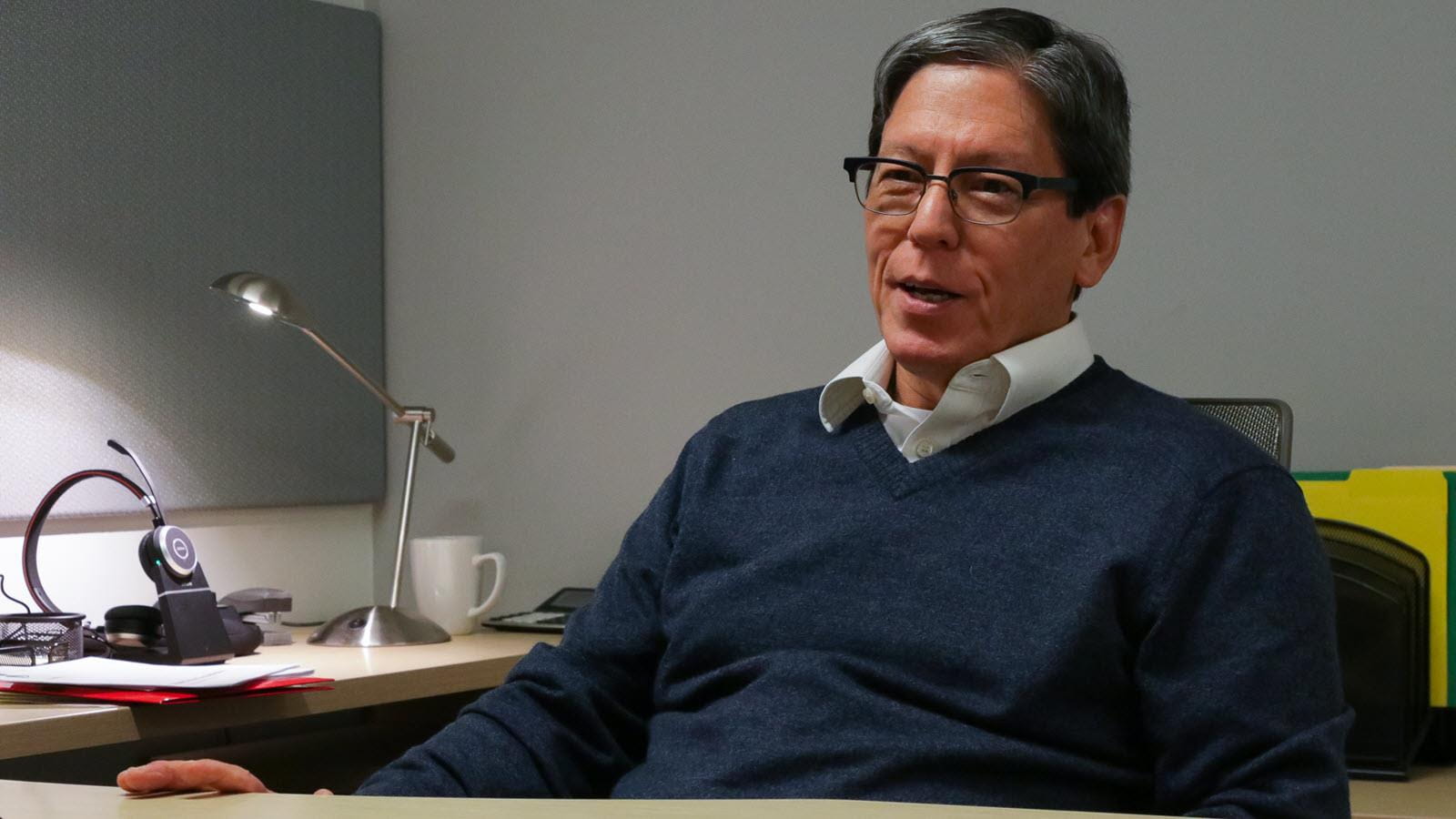In the last decade, research into sickle cell disease has been booming, stirring hope for patients that new treatments – and even cures – are on the horizon. With so much happening, it makes sense to gather fast-expanding knowledge in a comprehensive text.
CSL Behring’s Dr. Greg Kato took on that challenge, along with fellow editors Dr. Mark T. Gladwin and Dr. Enrico M. Novelli of the University of Pittsburgh Medical Center and School of Medicine. In their new book, Sickle Cell Disease, the doctors pulled together insights from 80 experts in the field. In its 34 chapters, the text covers genetics, vaso-occlusion, stroke, pregnant women and newborns, rare presentations, and gene therapy while also examining sickle cell disease in Jamaica, Brazil, India and Africa.
Kato and Gladwin wrote the chapter on hemolysis (when red blood cells rupture, sending hemoglobin into blood plasma) and endothelial dysfunction (excessive constriction of blood vessels). The book, from publisher McGraw Hill, will be published April 16.
Kato, who joined CSL Behring in 2020 to lead the company’s research in sickle cell treatments, said it took a year for contributors to write their chapters and six months for Kato and his co-editors to do the editing. Then came iterations of medical drawings and chapter proofs before finalizing the project. Writing a detailed textbook is always challenging, but especially when contributors are leading scientists and physicians whose schedules are tight, Kato said.
They wanted the final product to be full of comprehensive and readable content with high quality illustrations, tables and summaries, he said. The team included text boxes of case presentations and “high-yield” facts – medical lingo for key bits of information.
“The surprising part was how many worldwide authorities on different aspects of SCD were willing to participate in this effort,” said Kato, who is Senior Director of Global Clinical Programs for Hematology.

The book’s cover also received special attention, he said. It features a wrenching self-portrait created by Haitian-born Hertz Nazaire, an artist living in Connecticut who has the painful, often debilitating, disease. Sickle cell disease has taken a toll on Nazaire – both physically and emotionally – leading at times to joblessness, homelessness, anxiety and depression, according to a description in the book. Today, he uses his art to raise awareness and connect with other “sickle cell warriors.”
Kato encountered the ravaging impacts of sickle cell disease close up during decades of clinical work. He treated children and adults for 30 years and grew frustrated by the limited treatment options. He watched patients “get old before their time” after decades of pain episodes and organ damage. Kato spent 13 years at Johns Hopkins, 11 years at the National Institutes of Health and another six at the University of Pittsburgh.
Co-editor Gladwin is Chairman of the Department of Medicine at the University of Pittsburgh Medical Center and the University of Pittsburgh Medical School. Novelli is Chief of Pitt’s Benign Hematology Section and Director of UPMC’s Adult Sickle Cell Disease Program. The editors dedicated the new book to their patients. Here’s what they wrote:
This book is dedicated to the many warriors living with sickle cell disease, we editors have been honored to serve in our medical practice at Howard University, Johns Hopkins University, the National Institutes of Health, and the University of Pittsburgh. Our patients have taught us more lessons than can ever be captured in a textbook, and our medical care for them has been both humbling and rewarding. We are indebted to each one of them for sharing with us a glimpse into their daily resilience, fortitude, and grace in the face of unspeakable suffering. We are grateful for their infectious hope.
Most of all, we thank them for their trust in us as we work together with them as allies to embrace the best science and medicine to advance toward a brighter future. We owe them our commitment to educate the public and medical community about this devastating disease, and to work with them to overcome the barriers to health equity engendered by poverty, systemic racism, and often inadequate medical insurance for the ultimate “pre-existing condition,” an inherited genetic disease. We sincerely hope this book may contribute to worldwide excellence in care for all patients with sickle cell disease.



